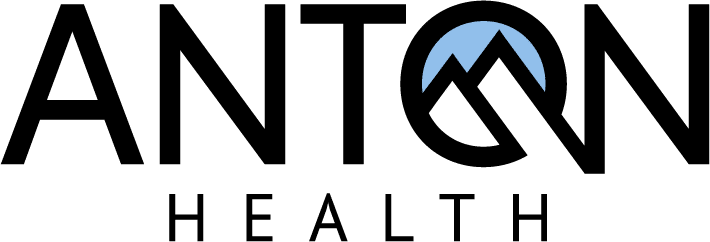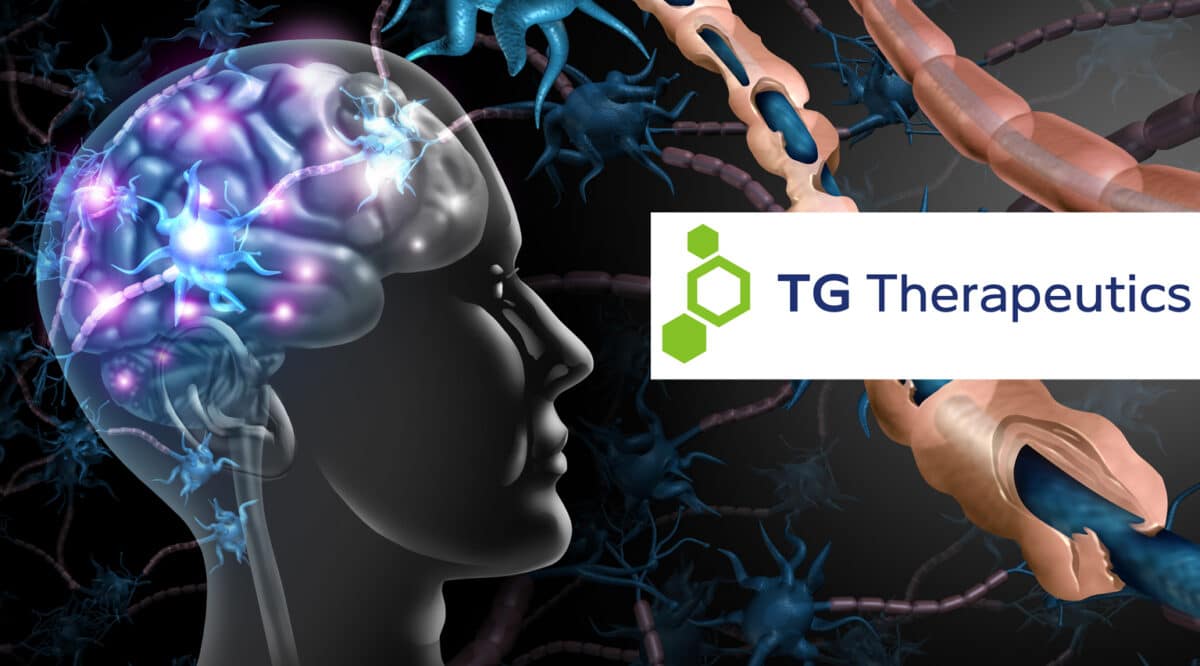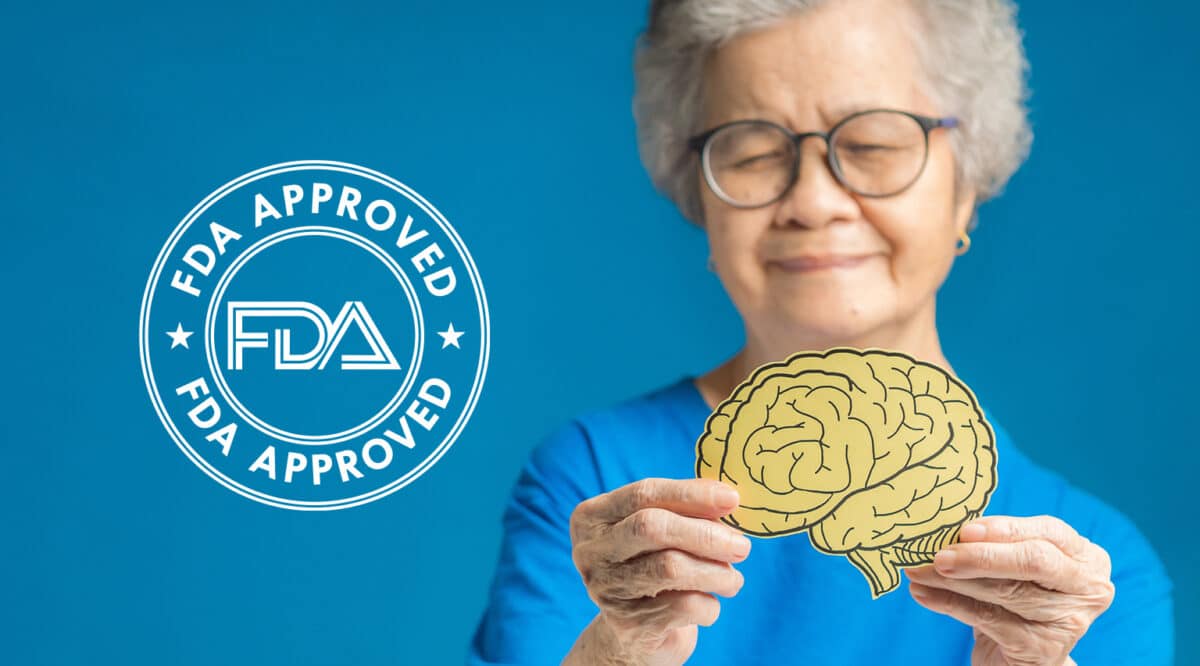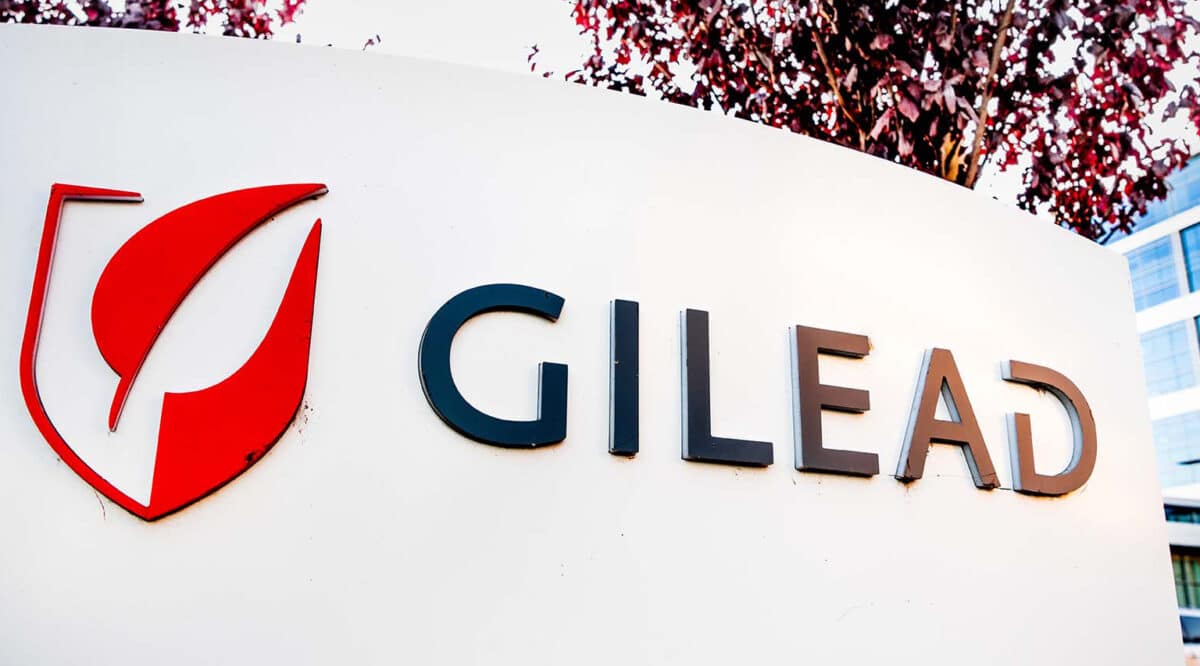So, can you easily explain the differences between a chemically synthesized drug and a biologic?
You might be surprised how difficult that has become.
The article below should be thought provoking for those in the specialty pharmacy industry as it goes to the core of what exactly SPs actually sell….. chemically synthesized drugs and biologics. But…. if you were asked to list which column your drugs should be listed you would likely be stumped.
Here’s why….. the Consolidated Appropriations Act of 2020 included new guidance on how drugs can be classified. Specifically, the change states that the purpose of the amendment is to allow for the possibility that a manufacturer may chemically synthesize a biologic product. Huh??
Here’s an example…. Vondys 53, a biologic analog made through synthetic chemistry – not by any biologic process – is considered a biologic. The author of the (somewhat ‘tongue in cheek) article below polled pharma colleagues for their opinion as to whether similar drugs – are or aren’t biologic drugs.
The results:
41% agreed that these new drugs were biologics, 39% disagreed, 20% responded “Confused”
….. so am I.
Non-pharmacists may be a bit intimated by the technical references in the article…. just skip over them as that’s not the point of this Alert. The real purpose is to alert those working in the specialty pharmacy industry that today’s crop of new biologics ‘ain’t your grandfather’s biologics’. If you are going to be selling both chemically synthesized drugs and biologics you should have, at a minimum, a basic understanding of these developments.
——————————————————————————————–
What is a Biologic Drug Anyway?
Or, How I Learned to Stop Worrying and Love My Own Definition
January 19, 2020 — Recently I posted on “biologic drugs” which were approved in 2019. All was well in my little scientific universe, until I received this in an email:
“You recently reported on “14 novel biologic drugs,” referring to ‘novel’ biopharmaceuticals approved through CDER. But, … You also include several synthetic drugs, which are clearly not biopharmaceutical/biologics.”
Wait, what? Synthetic drugs are clearly not biopharmaceutical/biologics? Sure, the siRNA drug, Givlaari, and the antisense oligonucleotide, Vyondis 53, are both technically made by chemical synthesis. But, not considering these RNA-based drugs “biologic drugs” just felt… wrong.
It got me thinking – what is the definition of a biologic drug, anyway? I immediately started my research the way any good, card-carrying scientist does — I punched it into the Google:
GOOGLE: A biopharmaceutical, also known as a biologic medical product, or biologic, is any pharmaceutical drug product manufactured in, extracted from, or semisynthesized from biological sources. [source] Wikipedia
Though Wikipedia delivers good answers to probably 90% of my questions, I knew this definition was incomplete – nobody considers natural products like penicillin “biologic drugs.” Not wanting to spend the rest of my Sunday night reading FDA guidance documents, I did instead what any good millennial does – I asked social media.
As one comment pointed out, the term “biologic” itself is anachronistic, coming from a time when chemistry and biology were considered distinct (i.e. before chemists started getting upset about Nobel Prizes in Chemistry going to “biologists”). The Biologics Control Act, which first gave the US government control over the processes to make biological products, was passed in 1902 – long before it was clearly established that proteins are polymers of amino acids and that genetic information is stored chemically in nucleobases.
Digging Deeper
Based on the lack of strong consensus, I decided this was a topic worth diving further into.
Readers likely remember that “biologic” became a charged term in the 2000’s, due to expensive biologic products like filgrastim and epoetin alfa, approved under Biologic License Applications (BLAs) rather than New Drug Applications (NDAs). Since the abbreviated generic drug approval process (ANDA) only applied to originals filed under NDAs, there was no way to create a “generic” biological product without repeating expensive and lengthy clinical trials. This loophole led to the creation of the abbreviated follow-on biologicals approval pathway (aBLA) through the 2009 Biologics Price Competition and Innovation Act (BPCI).
So how are the adjectives, “biologic” or “biological,” legally defined in the US Code of Laws after BPCI in 2009? Turns out, they’re not. The term “biological product,” is legally defined only with examples, not properties:
“The term “biological product” means a virus, therapeutic serum, toxin, antitoxin, vaccine, blood, blood component or derivative, allergenic product, protein (except any chemically synthesized polypeptide), or analogous product, or arsphenamine or derivative of arsphenamine (or any other trivalent organic arsenic compound), applicable to the prevention, treatment, or cure of a disease or condition of human beings.”
42 U.S. Code § 262. Regulation of biological products.
With no basis in the text for determining what an “analogous product” is, no definition of what exactly makes a product “biologic” or “biological,” and with, of all things, arsphenamine (or any other trivalent organic arsenic compound) being the only exemplified exception, no wonder everyone is confused. The FDA and the industry spend an enormous amount of resources deciding new registrants on a case-by-case basis, which was part of the justification for a recent change in the definition.
A Legal Update on Synthetic Processes
It gets better. The Further Consolidated Appropriations Act, 2020, signed into law in December 2019, amended this definition by removing the phrase “except any chemically synthesized polypeptide”:
“The term “biological product” means a virus, therapeutic serum, toxin, antitoxin, vaccine, blood, blood component or derivative, allergenic product, protein (deleted: except any chemically synthesized polypeptide), or analogous product, or arsphenamine or derivative of arsphenamine (or any other trivalent organic arsenic compound), applicable to the prevention, treatment, or cure of a disease or condition of human beings.”
New legal definition of “biological product” after the Further Consolidated Appropriations Act.
The recent FDA press release on the change states that the purpose of the amendment is to allow for the possibility that a manufacturer may chemically synthesize a biologic product. Under the old definition, if an original biologic product was licensed under a BLA, a new chemically synthesized biologic follow-on could not be licensed through an abbreviated aBLA pathway, since it was made by a synthetic process, but also could not be licensed through an ANDA, since the original was not filed under an NDA.
In the end, what this demonstrates is that there are at least two simultaneous uses of the term “biologic” in the industry – an arbitrary regulatory definition to decide what drugs are licensed under BLAs vs. NDAs, and a scientific colloquialism which most of us use on a day-to-day basis. Neither definition is clear and unambiguous, and no single criterion (e.g. chemical process) universally captures all cases.
Biolognas, Anybody?
Having both uses at the same time is confusing enough to make you want to give “synthetic biologics” a different name without “biologic” in it. But what would we call them? Biologishes? Biolognas? I guess I have a year to think about it before 2020’s Biologic Drug Approvals post.
But back to my original question– since oligonucleotide drugs are all filed under NDAs, they’re regulated more like most small molecules than most biologics. But just because they’re filed under NDAs, doesn’t mean we can’t still call them biologics (e.g. insulins are all filed under NDAs). Anyway, all this makes me very glad that we have a lot of brilliant professionals working in our very important Regulatory Affairs departments, though I’m glad it doesn’t include me!
